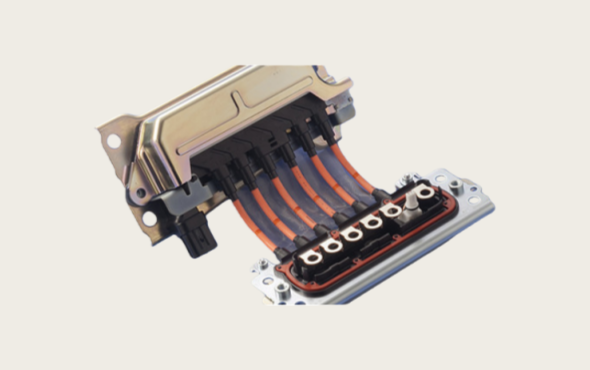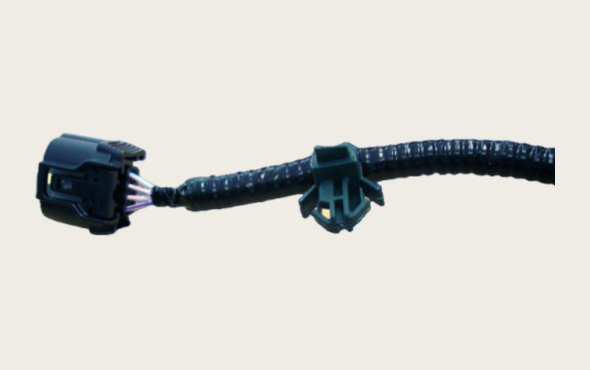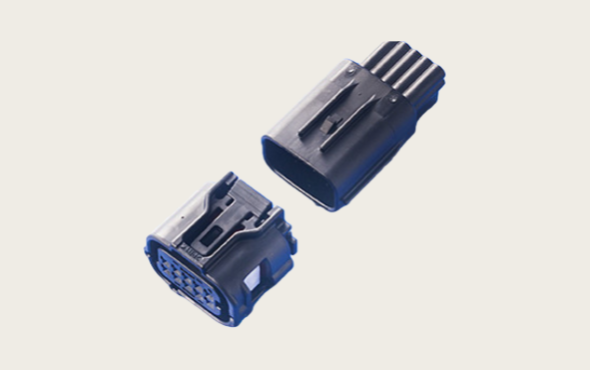In the fields of automation, electric vehicles, and industrial control, connectors serve as important channels for electrical power and signals. Their quality and reliability directly affect the performance of the entire machine. Referring to the well-known brand Sumitomo (Sumitomo) connectors, this article focuses on "cold solder joints," a common fault pattern. It discusses typical scenarios of cold solder joints and effective preventive techniques from the perspective of brand technology, combined with the selection and assembly practices of domestic connectors.

Summary of Sumitomo Connector Technology FeaturesSumitomo has relatively clear technical specifications and design concepts in automotive and industrial connector products. Its TS series sealed connectors, 153-way high-density connectors, and high-frequency signal connectors all emphasize structural stability, vibration resistance and heat resistance, as well as waterproof and dustproof ratings.
Sumitomo "TS Series Sealed 0.64 mm Type Connector" points out that by encapsulating the sealing ring and sealing the structure between the wire pair and the housing, it is suitable for harsh environments such as the engine compartment.
These characteristics indicate that a high-reliability connector contains more complex structures and processes, and the assembly process has higher requirements for welding, pressing, and insertion.

Two, common scenarios of false welding in domestic connectorsIn combination with the above brand background and the connector assembly process, we have found the following typical "cold soldering" or poor contact scenarios at the stage of domestic connector substitution or mass production:
Terminal-cable crimping not adequately cooled or deformed
In automotive connector assembly, if the terminals are not sufficiently inspected or cooled after crimping, the vibration or thermal cycle of the harness may cause the contact loop gap to increase, manifesting as a "cold weld" phenomenon.
In the Sumitomo specifications, a variety of connectors emphasize the insertion and extraction life, vibration resistance, and thermal expansion structure.
If domestic structures neglect these process details, the connection parts may loosen under dynamic stress, manifesting as poor contact.
Poor welding technology and structural compatibility lead to poor contact.
Although many automotive connectors are crimped instead of traditionally welded, in PCB headers or modular connectors, if the welding area has issues such as poor temperature control, insufficient solder wettability, solder cracking, or cold soldering, it can lead to "cold joints." According to the analysis of general electronic connectors, if the welding method is not well controlled in terms of technology, its reliability is poor under mechanical vibration.
When replacing high-end structures like Sumitomo with domestic products, special attention must be paid to the quality of the welding joints.
Inadequate design of sealed structure leads to moisture intrusion, corrosion causing false welding at contact surfaces
Sumitomo's Sealed series emphasizes waterproof and dustproof performance, resisting water intrusion through the sealed structure between the wire and the shell.
If the sealing structure of domestic products is loose, the material selection is inappropriate, or insufficient lubrication, they are prone to corrosion or oxidation in high humidity and salt雾 environments, which can lead to poor electrical contact, manifested as "cold soldering" or intermittent failure.
The number of insertion and removal times, vibration, and structural fatigue after thermal cycling lead to loosening of the contact surface.
Sumitomo makes it clear that its products need to meet multiple insertion and extraction and long-term vibration environments.
Domestic designs that do not fully consider the insertion and extraction life or the loosening of structural lock nuts may cause slight displacement of the contact terminals and a decrease in contact force as the service life increases, resulting in false welding phenomena.

Practical Techniques for Preventing Cold Solder JointsHere are some techniques that can be used to prevent solder joints in the selection, assembly, and reliability management of domestic connectors, based on the above common scenarios:
●Strictly control the terminal crimping or welding process: use special molds for crimping to ensure uniform deformation of terminals, check the crimping residual height, perform tensile testing after cooling; control the welding temperature during welding, ensure good moisture, avoid cold welding, monitor the appearance of the weld joints, and conduct vibration tests.
● Adopt high-quality sealing structure and anti-corrosion system: For automotive-grade applications, it is recommended to choose a housing design with a sealing ring, and apply grease or anti-corrosion agent at the line-to-directional position to ensure that the connector maintains good contact when used in various environments (alternating cold and hot, high humidity, high salt).
●Select a series with compatible structure, reliable lock buckle, and clear plug-pull life identification: refer to the Sumitomo TS Series, whose fine structure and lock buckle design, as well as plug-pull life description, can serve as a reference for domestic alternatives. When selecting domestic products, it is necessary to require the provision of plug-pull life reports, vibration tests, and temperature cycle tests.
●Reliability tests cover the entire system: Before mass production, connectors are subjected to vibration, thermal cycling, humidity and heat, salt spray, and insertion and extraction life tests, to observe if there is an increase in contact resistance, cold solder joints, or loosening.
Continuous monitoring and feedback mechanism: Once the product is launched, a monitoring and feedback mechanism should be established to quickly track issues such as poor contact and intermittent failure, and improve the design or process.

Soldering joints, although听起来 like a problem with the welding process, are often the result of multiple factors in the connector system, including terminal crimping/locking structure/sealing design/material environmental performance, etc. Following the Sumitomo technical standard, domestic connectors must comprehensively improve from multiple dimensions such as structural design, process control, environmental adaptability, and assembly reliability in order to truly reduce the risk of soldering joints and enhance the overall system reliability.
If you are interested in the domestic substitute products for Sumitomo brand connectors or have procurement needs, or if you have production or sales channels for these brand connector domestic substitutes and wish to engage in in-depth cooperation or communication, please contact via the following contact information:
Manager Zhang (18665383950, same WeChat number)Contact us, we look forward to working together with more industry partners.



